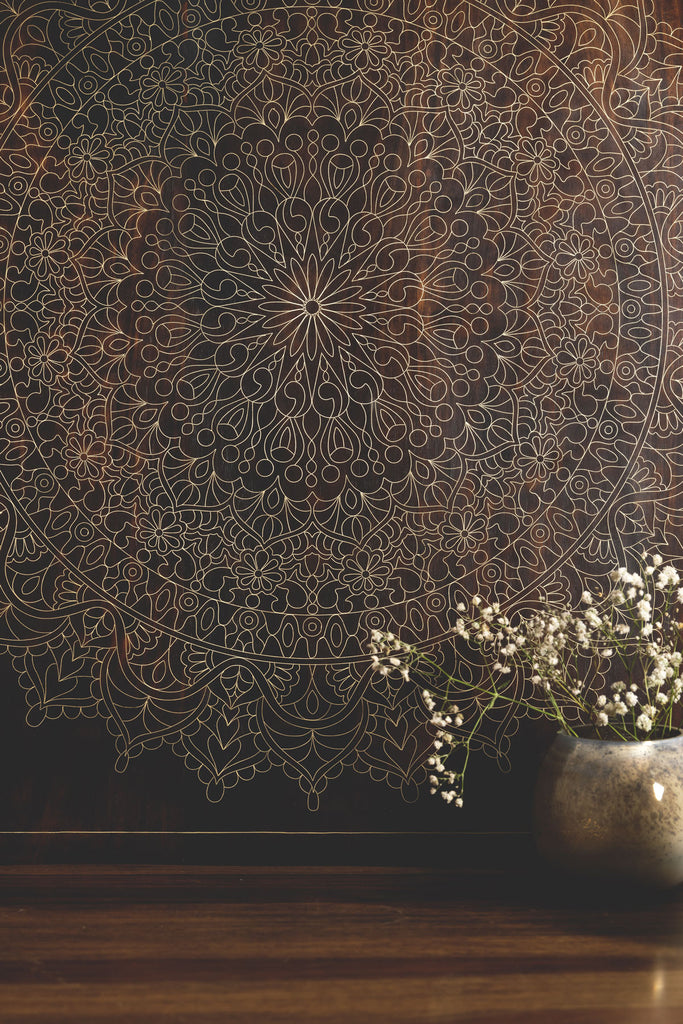Tarkashi | Blending this dying art into surfaces

Tarkashi is known to be one of the most versatile and appreciated art forms that has adorned paintings, jewellery boxes and furniture pieces since centuries. The gilded beauty of Tarkashi arises from a unique technique of embellishing brass, copper and silver wires on wood. It is a painstaking process that demands great precision with an refined eye for detailing.

Tarkashi | The process

The process involves carving of the design on a portion of paper onto a hard block of wood in the shape of deep and thin grooves. Then flattened and gleaming wires are engraved into the grooves and hammered into position. Most common patterns inlayed are either geometric or florals which are reminiscent of the great Mughal era and instantly infuse personality and elegance to a lacklustre living space in today’s world.
Protecting ancestral Saviour- Faire

Committed to preserving the traditional craft of Tarkashi, Orvi Surfaces honours the true spirit of the skilled artisans who practise this art form. As an artisan-driven brand, Orvi Surfaces extends its unwavering support to craftspeople by equipping them extensive training along with technology.
The artisan family who create Tarkashi surfaces with Orvi Surfaces, are incidentally amongst the very few surviving families in India who have mastered this craft. Hence, through financial empowerment, proper training, and a constantly available support system, the hand-crafted work is revived by Orvi, for both the present world and generations to come.
Did you know | Fun Facts

- Its origin dates back to the late 19th century and is generally associated with architecture like wood carving.
- The art was patronized in the prehistoric era when Jaipur was being conceptualized and skilled artisans across the country were invited to beautify what we know as Pink city today.
- Among them were the rare artisans who practised Tarkashi art who flocked to the city from Mainpuri, Uttar Pradesh.
- This intricate art form was celebrated by the royals of Jaipur and Amber both under the regime of Sawai Jai Singh.
